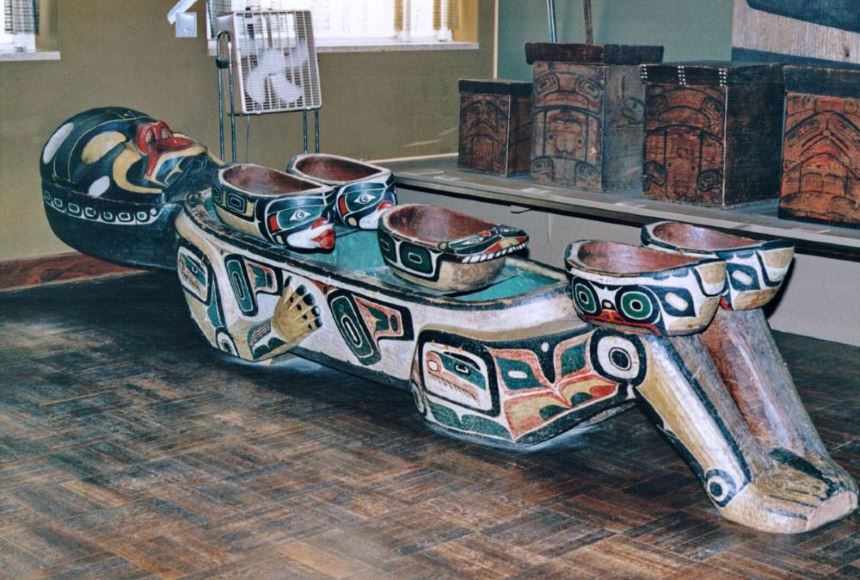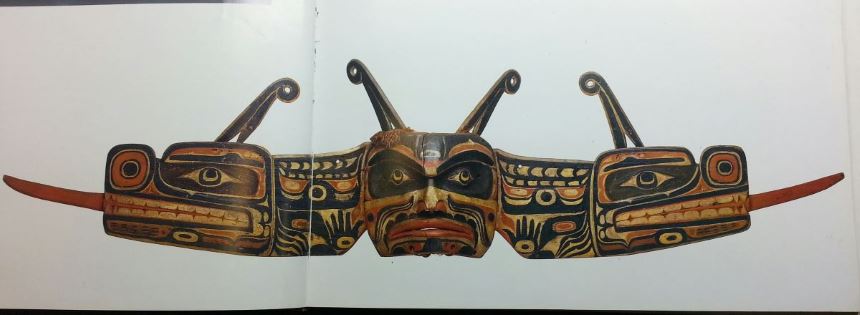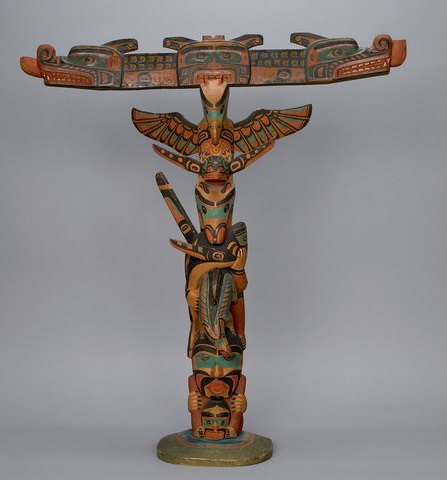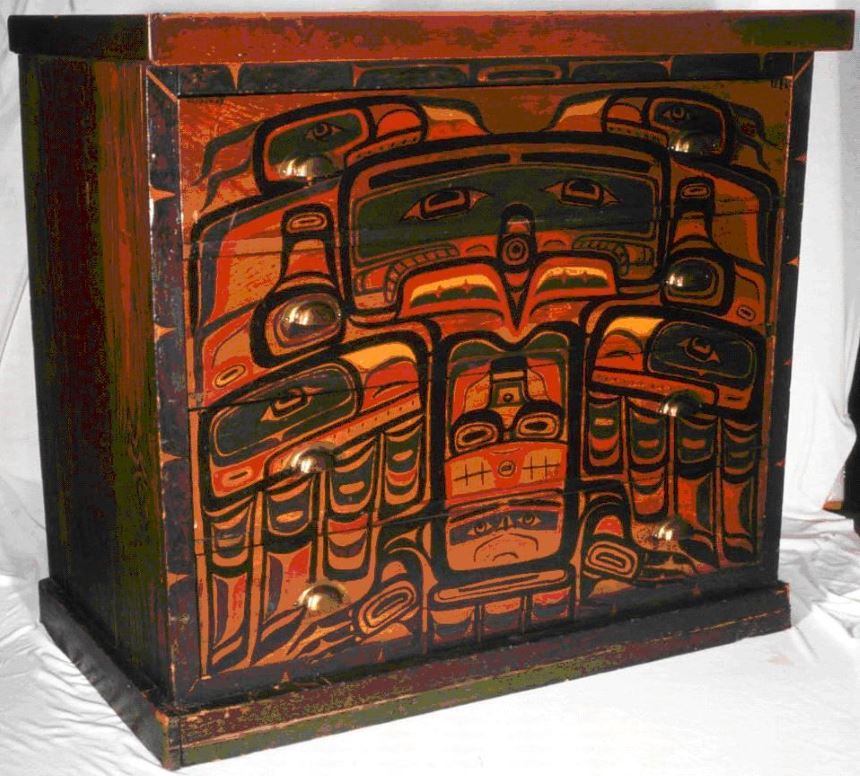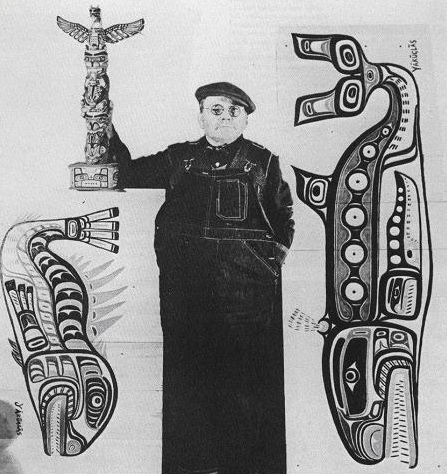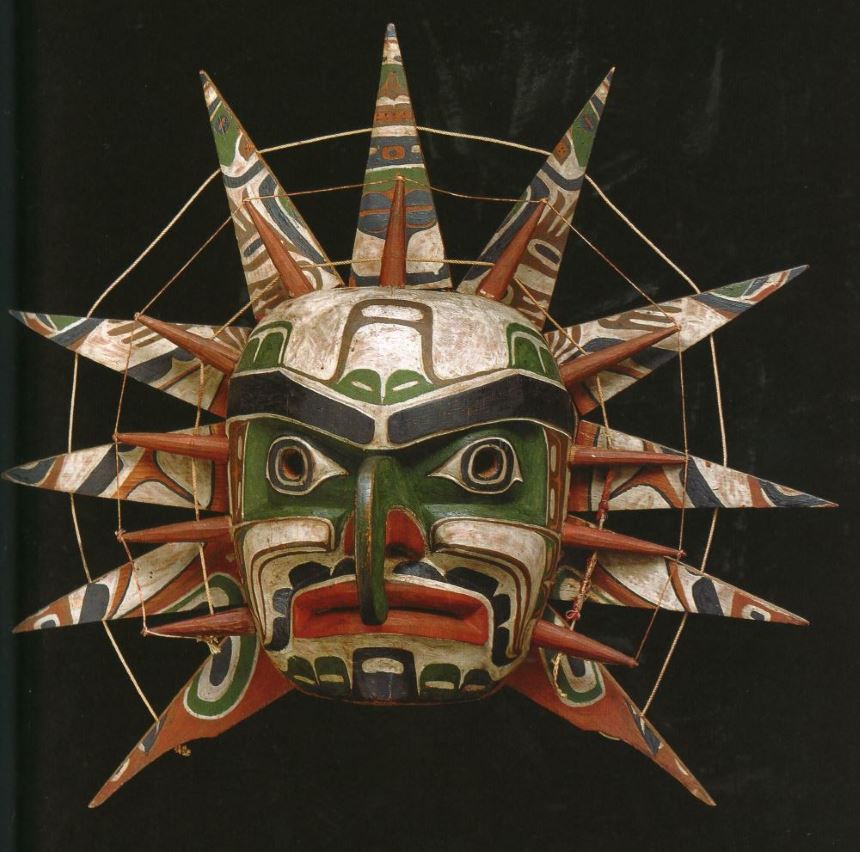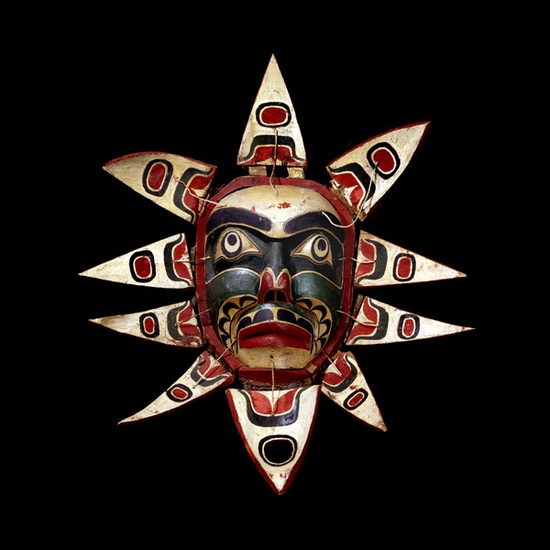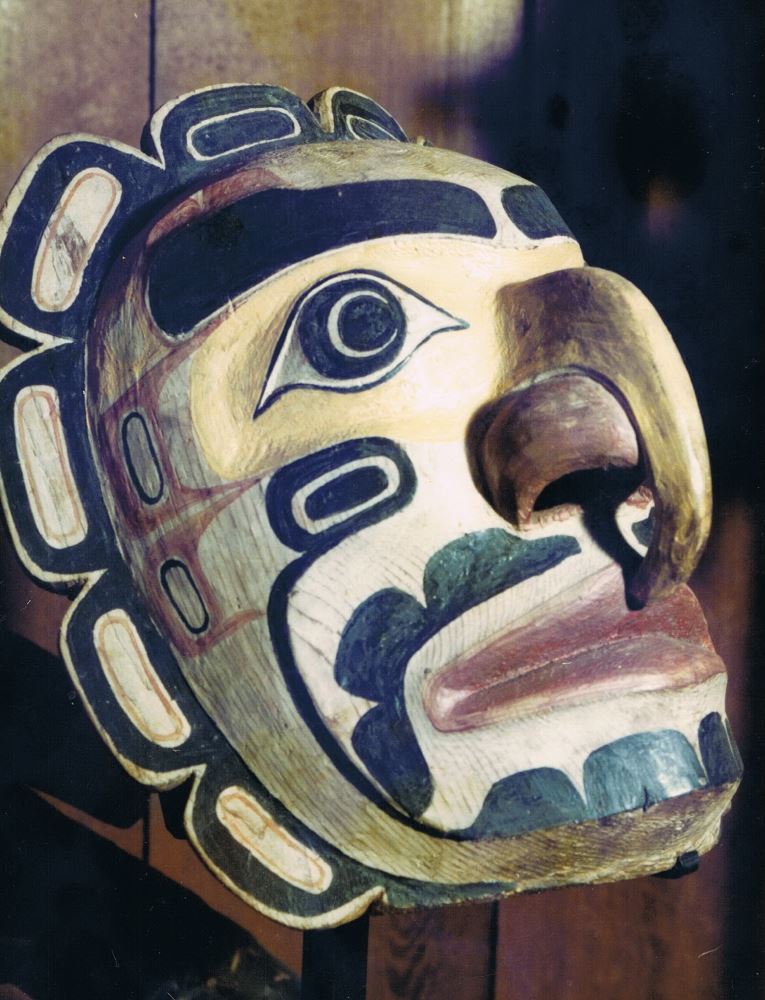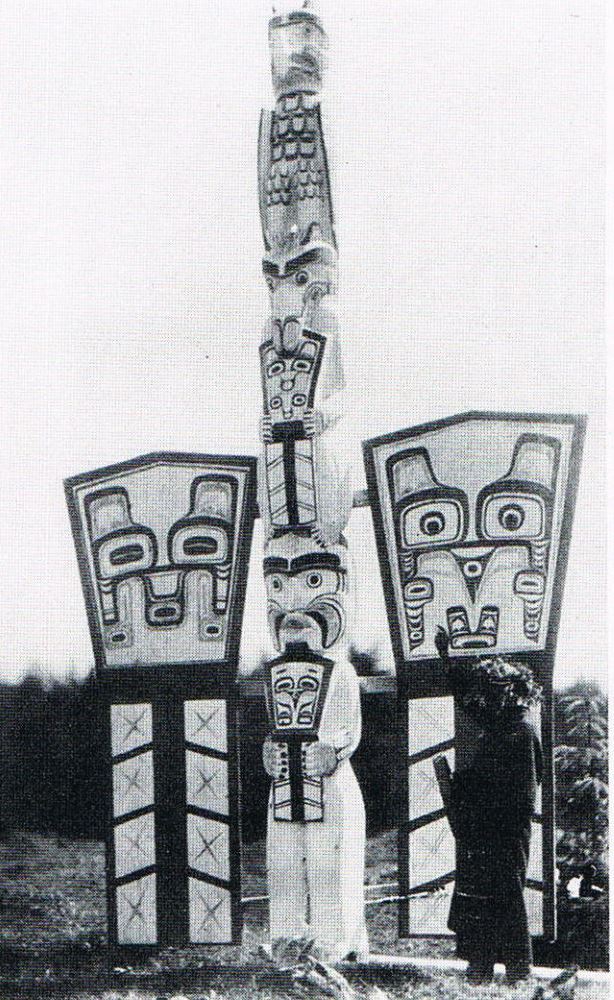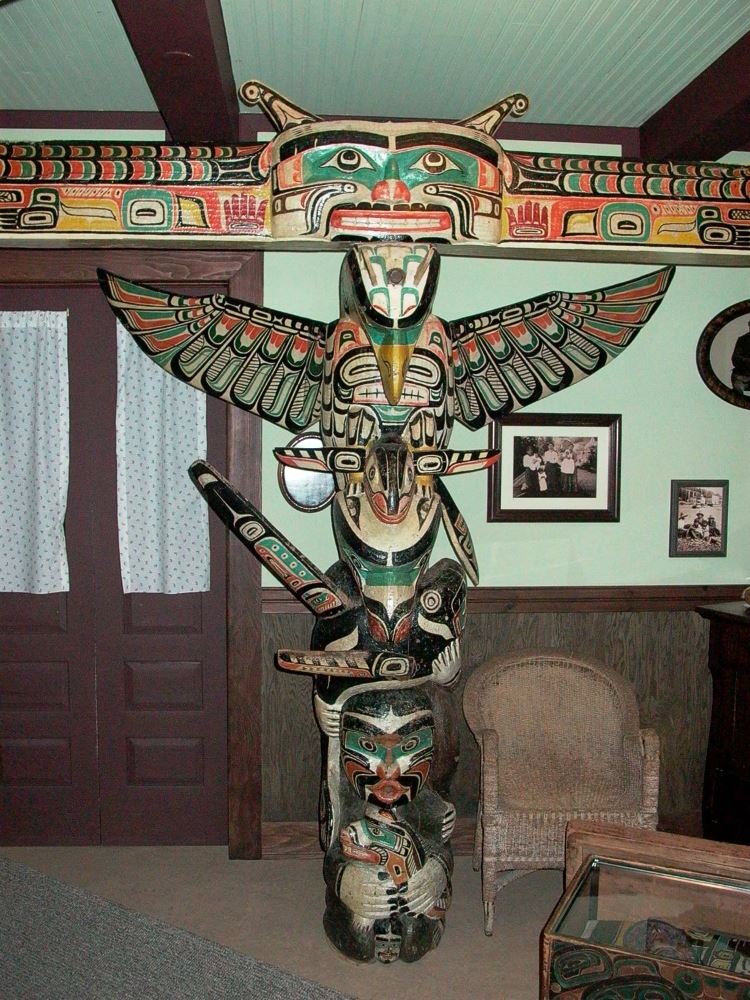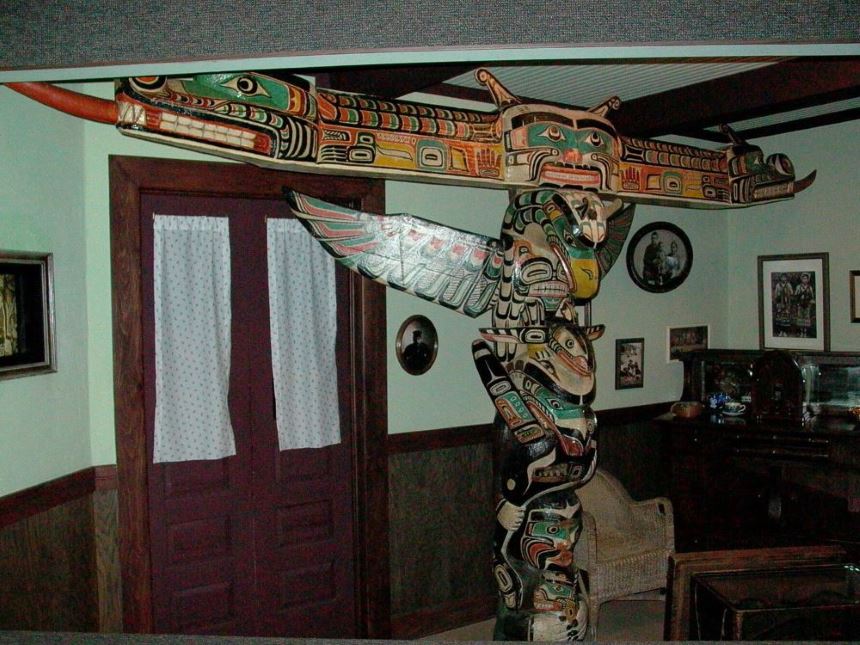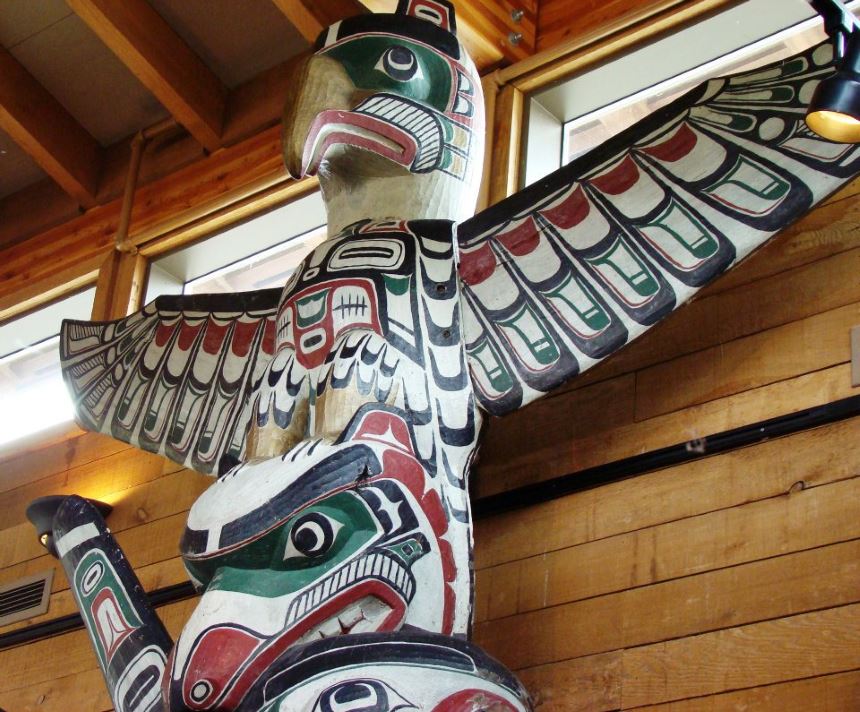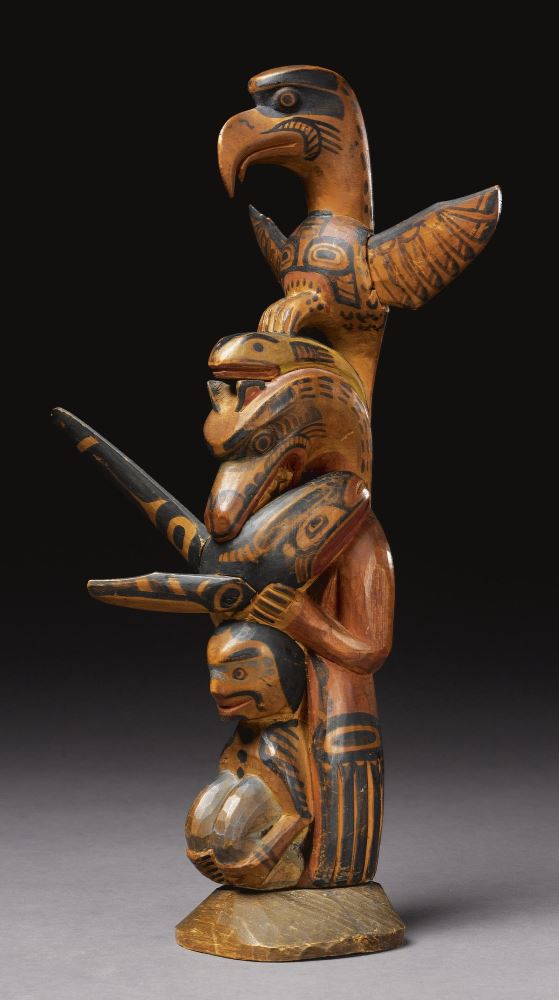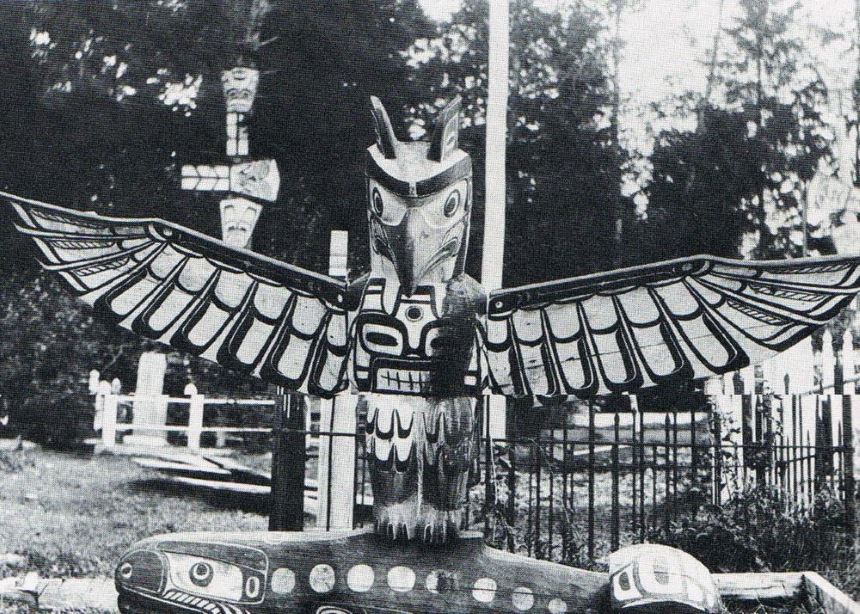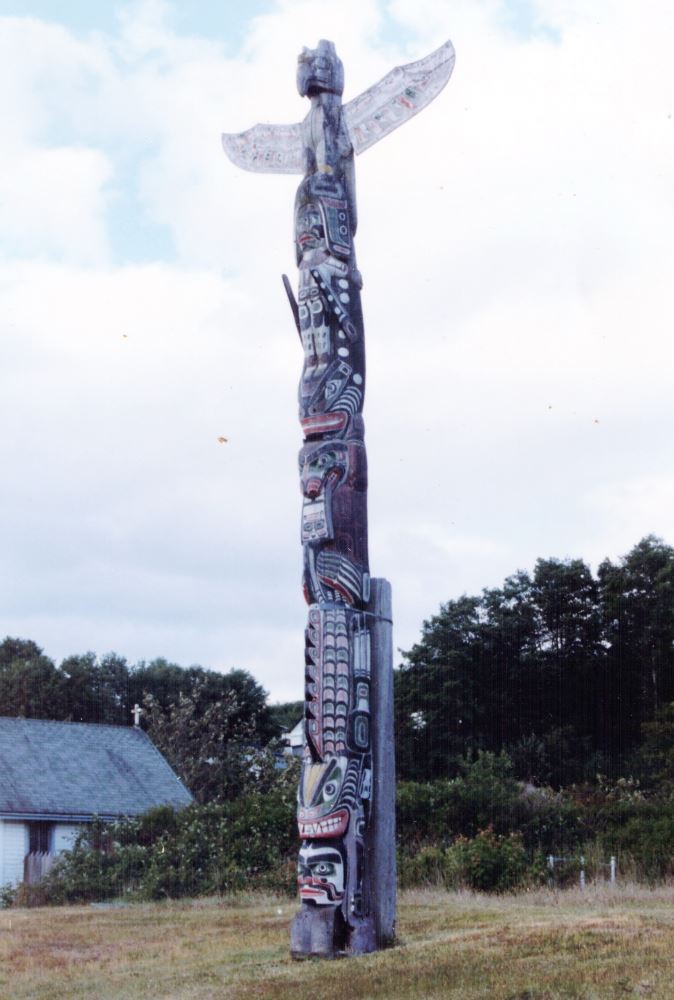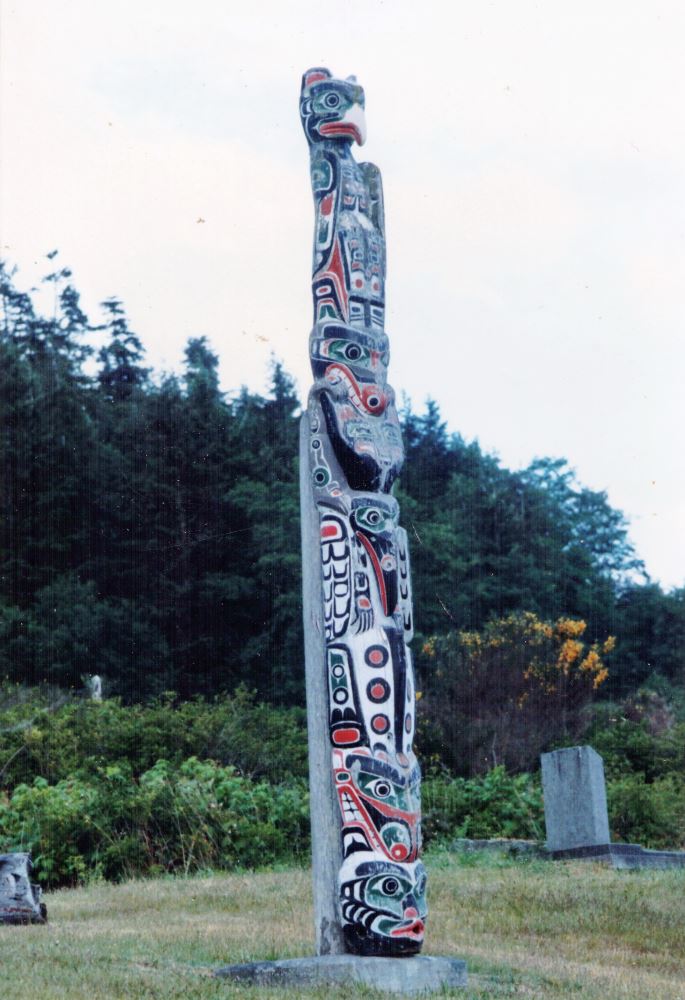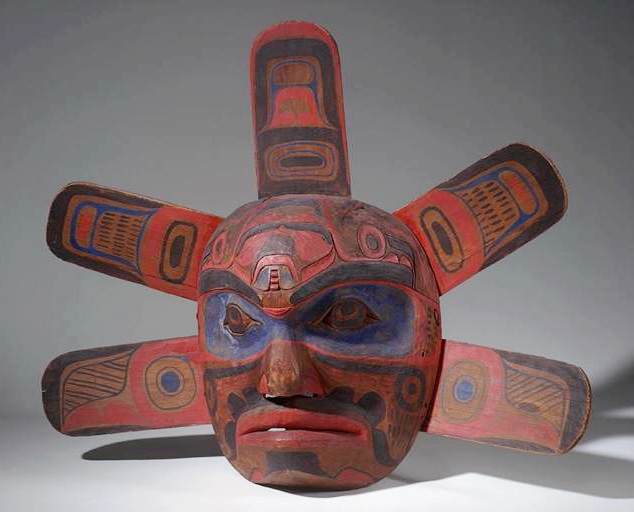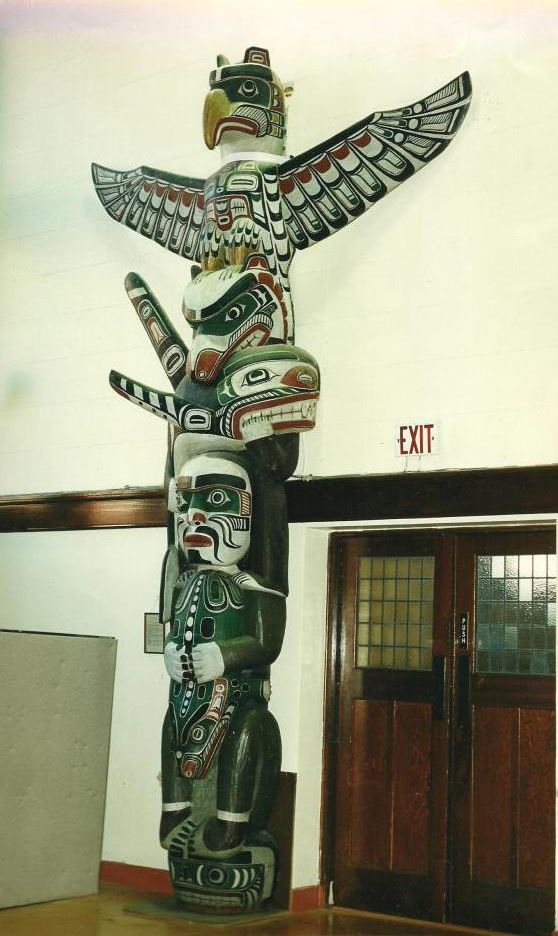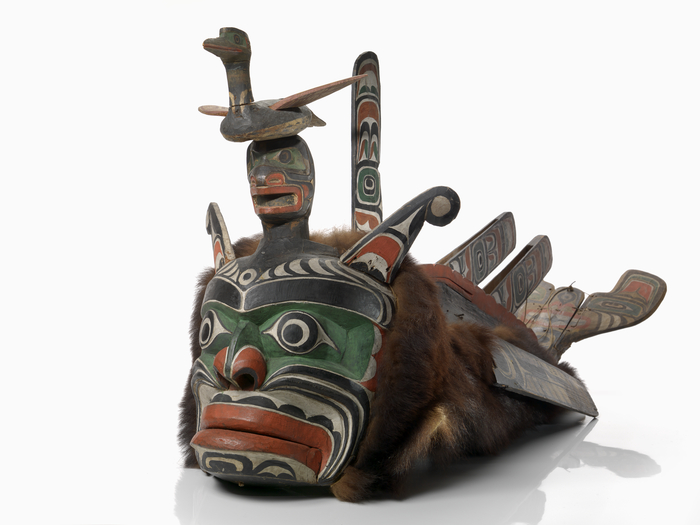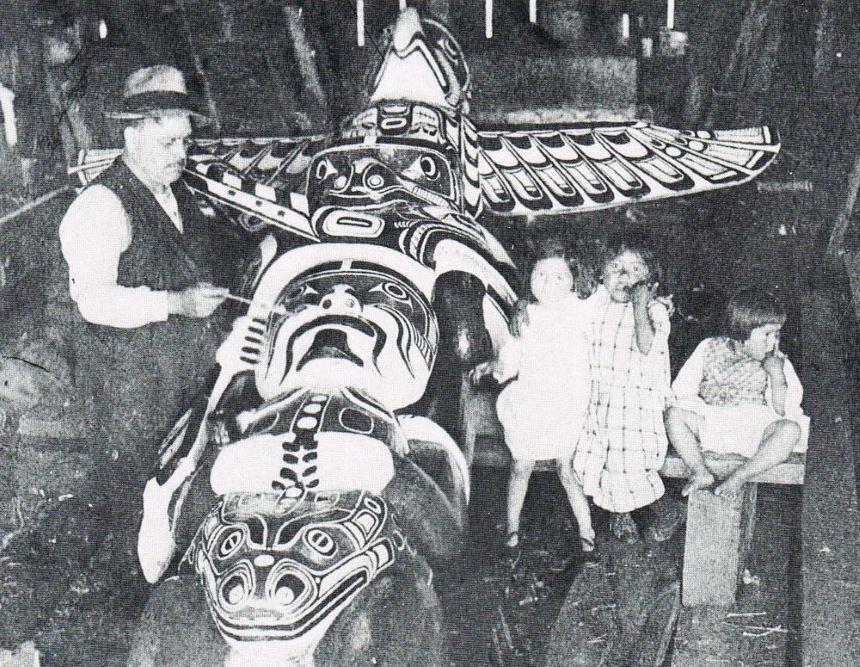
Years ago, when I was a young carver learning about my culture, I was in the Bronx, New York exploring the collection at the Museum of the North American Indian (formerly the Heye collection), when I found a large and impressive Kwakiutl mask, on the top shelf of a long forgotten storeroom. I immediately recognized it as the work of my grandfather, Charlie James. I asked the conservator who the artist was: there was no record of the carver. A few years later I came across a long forgotten section of a totem pole in the Glenbow Museum in Calgary, Alberta. It was obviously the work of Charlie James, though again the institution had no record of the artist. I came to realize that although his work is in many public institutions, and is reproduced in numerous publications, his name and his contribution to Northwest Coast Native art is not widely appreciated.
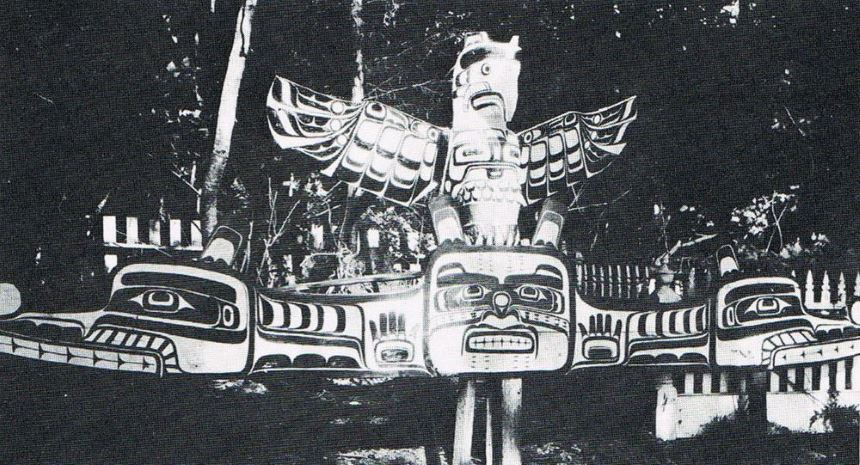
A highly creative and productive artist, Charlie James carved many pieces for traditional use within Kwakiutl / Kwakwaka'wakw culture, in addition hundreds of model totems and other pieces for the commercial market. Few carvers have been as influential as James; his work laid the creative foundation for Mungo Martin, Ellen Neel and Henry Hunt, to name just a few who have been touched by his artistic legacy. Today his work has come to epitomize traditional southern Kwakiutl art, though in his time he had a bold and unique style, unlike anyone else of his period.
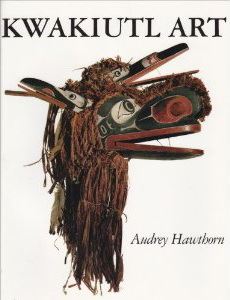
He had a flamboyant, free-form style, in contrast to the precise, cerebral style that is in vogue today. His figures were not rigidly composed, and often one animal would lounge across the body of another: a unique approach to composition in N.W.C. totem poles. He introduced a vibrant color palette; incorporating blues, oranges, browns, greens in addition to black and red. It is impossible to deal with his work in such a short essay, what is important to note is that his "traditional" approach to Kwakiutl sculpture was not traditional until he did it first. His art work was not like the previous generation of carvers; he had a unique approach and was not afraid to experiment.
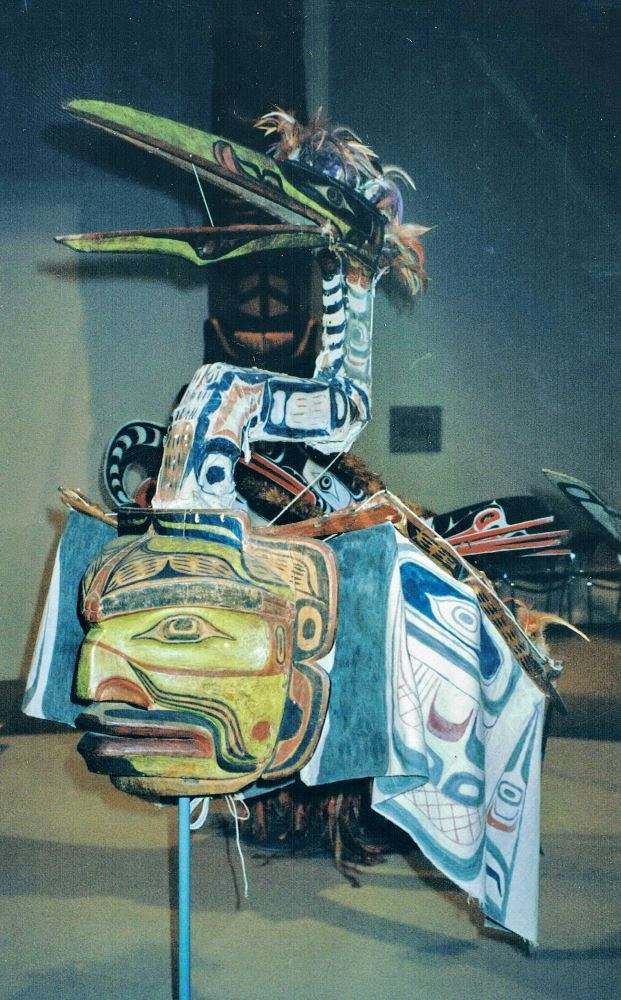
A great many of his works have been published in books and exhibition catalogues, though little has been published about the artist himself, and his body of work has never been catalogued. James has been a very influential carver for the current generation of N.W.C. Native artists, and we are lucky that so many examples of his work still remain. Below are a few examples of his sculpture, from his large and impressive body of work.
